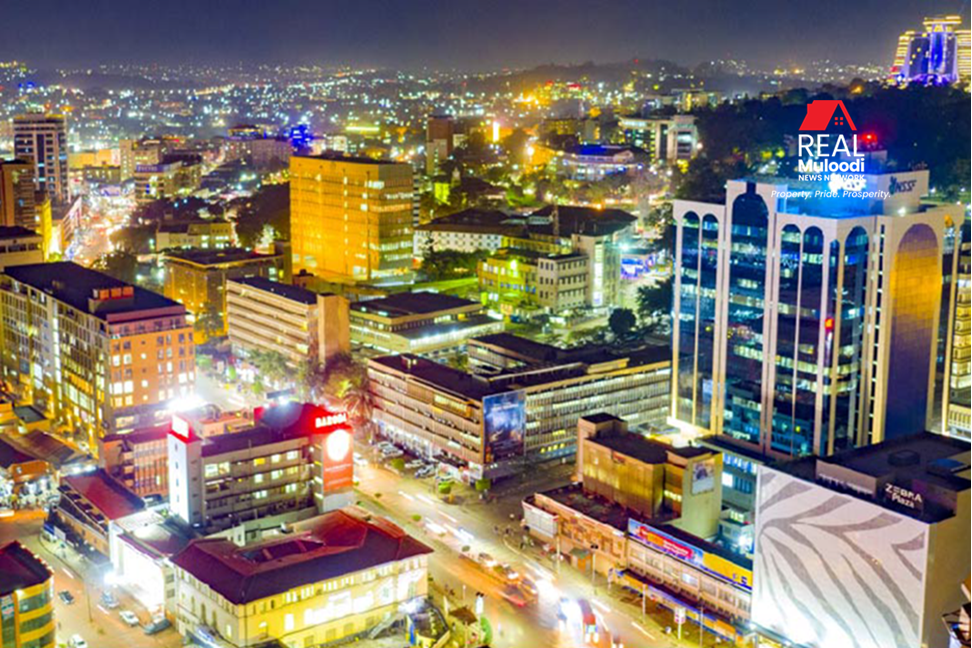UGANDA, Kampala | Real Muloodi News | In response to a passionate campaign led by Ugandan social media users, including cartoonist and activist Jimmy Spire Sentongo, President Museveni has taken action by urging his Cabinet to address the pressing issues faced by Kampala.
A dedicated Cabinet meeting was recently held to discuss the city’s infrastructure and the urgent need to provide adequate funding to the Kampala Capital City Authority (KCCA) to develop modern roads and drainage systems.
Beyond the funding challenges related to comprehensive road infrastructure, there are other crucial factors affecting the orderly and desired development of the Greater Kampala Metropolitan Area that require the attention of the Cabinet.
Recognising the importance of KCCA’s existing infrastructure and personnel, President Museveni has emphasised the need to focus on the work of physical planners within the authority.
These officers should adopt best practices from other East African countries to enhance physical planning efforts in Kampala.
Since 1986, when the National Resistance Army/Movement came to power, Kampala Capital City has had two City Physical Development Plans.
The first plan, prepared in 1994, expired in 2004, while the second plan, created in 2014, was intended to guide the city’s growth and development for ten years, expiring in 2024.
These plans were designed to provide a framework for the city’s development, and their implementation requires the subsequent preparation and approval of detailed plans for specific areas.
Detailed plans play a crucial role in implementing the City’s Physical Development Plans. They refine the general policies and proposals outlined in the city plan by providing precise information to developers, such as defining land use categories and specifying standards and criteria.
These plans also serve as a basis for coordinating development costs and expenditures while informing the public, property owners, and developers about opportunities and restrictions.
However, an examination of the current state of affairs in Kampala reveals that the 1994 City Physical Development Plan lacked detailed planning.
According to Paul Frederick Magimbi, Rtd Physical Planning Consultant, the failure of the Kampala City Physical Planning Committee to prepare detailed plans and the lack of adequate funding resources likely contributed to this oversight.
Consequently, the 1994 plan became ineffective long before its implementation, and a similar fate may await the current 2014 plan.
Magimbi says that the inefficiency of physical planning and management within KCCA has resulted in poor-quality urban development, the proliferation of informal settlements, inadequate physical infrastructure, and an uncontrolled traffic and transportation system in Kampala.
Insufficient numbers of trained and experienced physical planners further exacerbate these challenges, as there is a shortage of qualified personnel to undertake the planning tasks in KCCA.
With a focus on comprehensive infrastructure, improved living conditions, and enhanced services, Kampala has the potential to become a model Smart City in East Africa.
READ MORE LIKE THIS:
Housing Finance Bank Collaborates with GIZ to Foster Smart Cities Solutions



